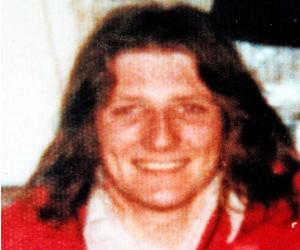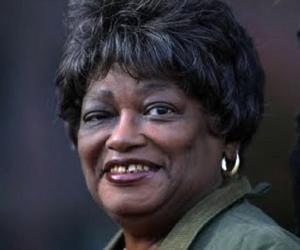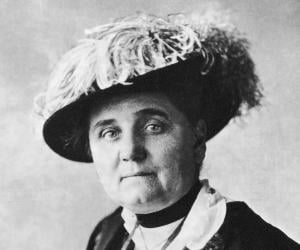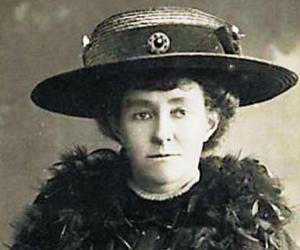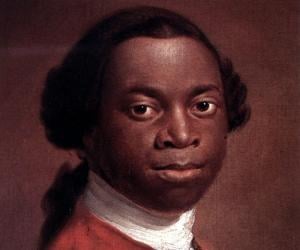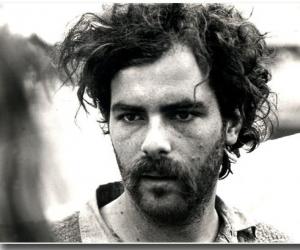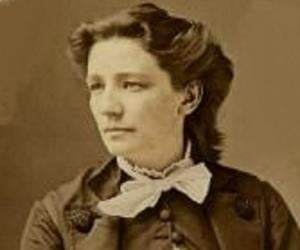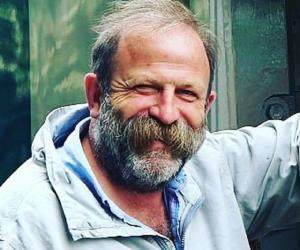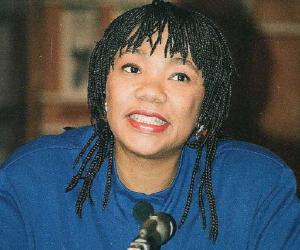Quick Facts
Also Known As: Robert Gerard Sands
Died At Age: 27
Family:
Spouse/Ex-: Geraldine Noade
father: John
mother: Rosaleen
siblings: Bernadette Sands McKevitt, John, Marcella
children: Gerard Sands
Male Activists
political ideology: Anti H-Block
Died on: May 5, 1981
place of death: County Down, Northern Ireland
Cause of Death: Starvation
Childhood & Early Life
Bobby Sands was born on 9 March 1954 to John and Rosaleen Sands in Rathcoole, Belfast. Theirs was a middle class family with nationalist views. He had four siblings and they all spent their early childhood in Belfast.
When Sands was only 10 years old, his family was forced to move out of their familiar neighborhood because of repeated incidents of intimidation by the British loyalists. This led to the development of revolutionary ideas in his mind.
At the age of 15 Sands graduated from the school and enrolled himself in the Newtownabbey Technical College and took up an apprentice as a coach builder at Alexander’s Coach Works.
He was bullied at work by his Protestant co-workers but Sands endured the harassment in order to learn a vocational skill. He was confronted by the members of Protestant loyalist Tartan gang in 1971 and had to leave the job.
Activist Career
In 1972, Sands joined the Provisional IRA because of the growing violence and intimidation in his neighborhood. In the same year, he was arrested for possessing weapons and went to jail.
In 1976, Sands was released from the jail and reunited with his family in Belfast. He continued his work with the Provisional IRA and was charged for his involvement in the bombing of the Balmoral Furniture Company.
Around the same time, Sands and other members of the organization were charged for their participation in the gun battle with the Royal Ulster Constabulary. He was sentenced to 14 years of imprisonment.
Just after his sentence, Sands was linked with a commotion and he was ordered to spend the first 22 days of his imprisonment in a cell that was devoid of all the furniture and remain naked for 15 days in Crumlin Road Prison.
In the jail, Sands started writing articles and poetry and published his first piece of work ‘An Phoblacht’ in the Irish republican newspaper. He became the Officer Commanding of Provisional IRA.
The Republican prisoners protested in the Long Kesh to regain their ‘Special Category Status’. Sands was proposed as an ‘Armagh Political Prisoner’.
Sands won election to the House of Commons and became the youngest member of parliament, also known as the ‘Baby of the House’ but he never got the chance to take his seat in the Commons owing to his death due to the hunger strike.
In 1981, Sands sat on a hunger strike with nine other Republican prisoners. They demanded the status of prisoners of war, exemption from menial prison works, allowing visitors and letters, etc.
Personal Life & Legacy
After 66 days of hunger and starvation, Sands died on May 5, 1981 in the HM Prison Maze since the authorities were not conceding to his demands and he did not give up on it either, which deteriorated his health.
His death caused immediate riots in Northern Ireland; people took to stoning and violence. His funeral was attended by over 10,000 people and he was buried in the ‘New Republican Plot’.
Sands was married to Geraldine Noade in prison in 1973, while she was serving on the charges of robbery. Their son Gerard was born in the prison in the same year and she left with him to live in the UK.
Facts About Bobby Sands
Bobby Sands was an avid reader and writer, with a passion for poetry and literature.
He published a collection of his writings, including poems and essays, while in prison.
Sands was also a talented singer and musician, often playing the guitar and singing traditional Irish songs for his fellow prisoners.
Despite his short life, Sands left a lasting impact on the political landscape of Northern Ireland.
His hunger strike and subsequent death sparked widespread protests and renewed calls for peace and justice in the region.
Sands’ legacy continues to inspire generations of activists and freedom fighters around the world, who see him as a symbol of courage, determination, and resistance against oppression.
See more:


